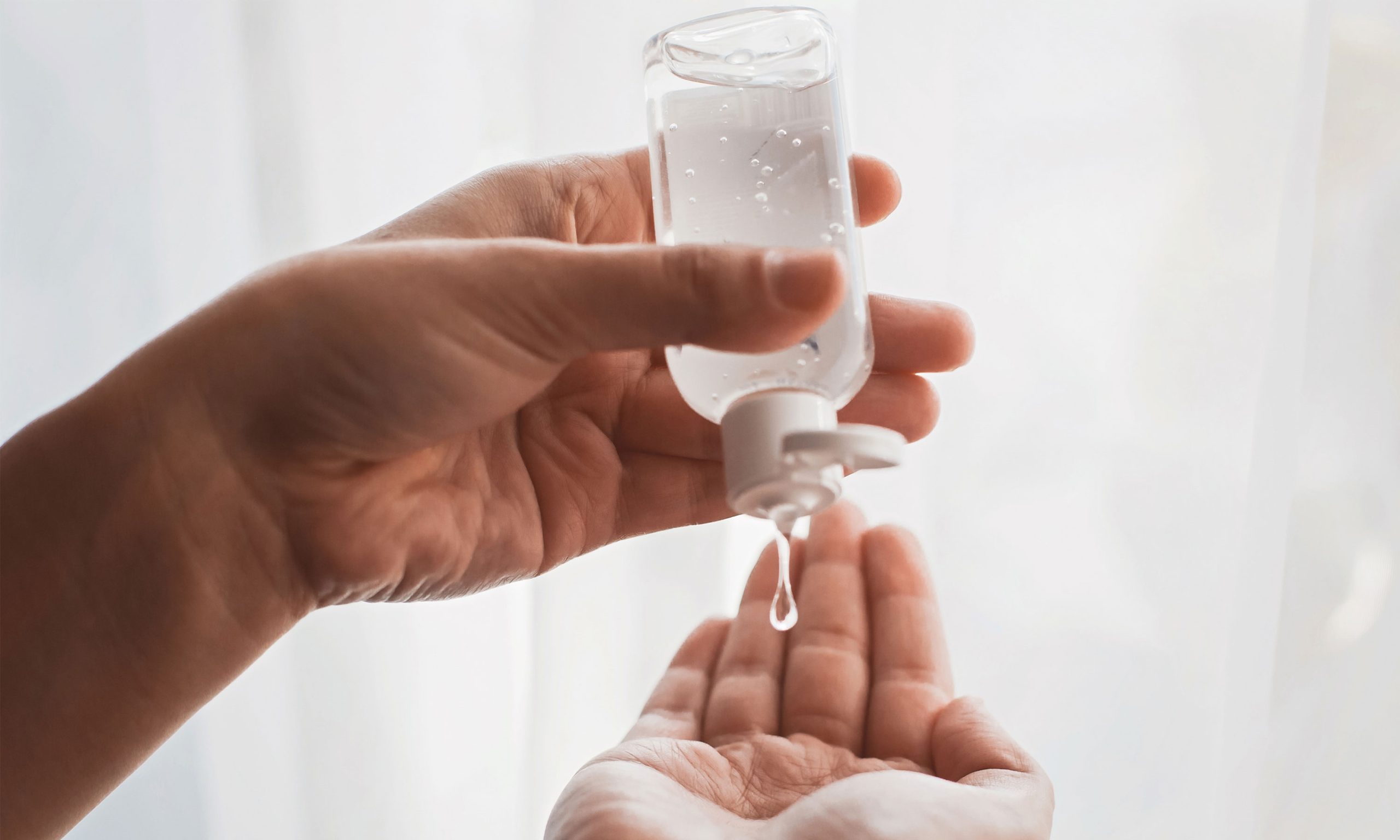Over the past months, antiseptic hand sanitizer gel has become very popular in the fight to stop the spread of COVID-19. Supermarkets have sold out and some shops have even rationed their stock to try and ensure stocks last.
Amidst the panic and the stockpiling, has anyone questioned whether antiseptic hand sanitizer gel is effective against the virus?
To put a long story short, yes – specific antiseptic hand sanitizer gels are effective at killing COVID-19 but only when used properly.
History of antibacterial hand gel
Antibacterial hand gel or antiseptic hand sanitizer gel is a liquid, gel or foam substance that contains a high level of alcohol to fight off and decrease bacteria or infectious agents on the skin or surface where it has been placed.
The origin of hand sanitizer gel points to a nursing student from California in 1966, Lupe Hernandez. She patented the idea of alcohol-based gel to be used by doctors in situations where there is no access to soap and warm water or washing facilities before treating patients.
It was not until 2009 that antiseptic hand sanitizer gel was used among the public when the H1N1 swine flu pandemic hit. The sales of antiseptic hand sanitizer gel and wipes increased by 70% in the US alone in the six months from the pandemic. Fast forward to 2010 and antiseptic hand sanitizer gel was being sold everywhere from in-person to online retailers and found in handbags, coat pockets, cars and travel bags to name but a few locations.
Why it is useful when soap is not available
The Centers for Disease Control and Prevention stated that in the fight to prevent COVID-19 “If soap and water are not readily available, use a hand sanitizer that contains at least 60% alcohol.”
Any antiseptic hand sanitizer gels that are below 60% can reduce the growth of germs but will not completely eliminate them, so it is important to pay attention to the percentage of alcohol in the antiseptic hand sanitizer gel.
Soap is a detergent that washes away microbes whereas alcohol in antiseptic hand sanitizer gel directly kills microbes and bacteria. It is recommended that antiseptic hand sanitizer gel should not be used in replacement of soap and water if washing facilities are available and if an individual’s hands are visibly soiled with dirt or grease or if an individual has touched chemicals.
However, it isn’t always as easy or as straightforward as that. The use of hand sanitizer gel is beneficial when an individual is on public transport, has shaken hands with someone, when they are out shopping, and even to be used in bathrooms and restrooms where the handwashing facilities are available but look less than inviting.
The reason that hand sanitizer gel can be considered as effective, if not more effective than soap is because of its ease of use and the fact that it is portable and available for all events and situations.
How to get the most out of antiseptic hand sanitizer gel
For antiseptic hand sanitizer gel to work effectively, it has to be applied correctly – just like then handwashing.
To use antiseptic hand sanitizer gel correctly make sure that the hands are free from organic matter like dirt and grease. Apply 2-3 pea-sized amount of gel to the palm or follow the recommended instructions directed on the bottle. Rub both hands together and cover all surfaces on both of the hands. This includes in between the fingers, around the top of the fingertips and around the nails as well as up to the wrists. The hands should be rubbed together for at least 30 seconds to make sure that the hands completely absorb the product and the antibacterial gel is dry. Nothing should be touched until the hands are dry.




